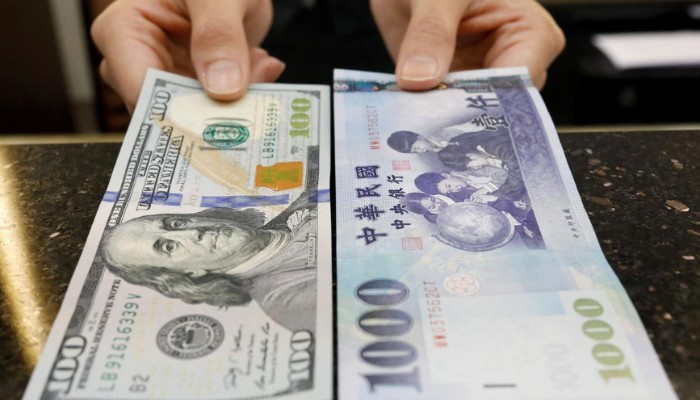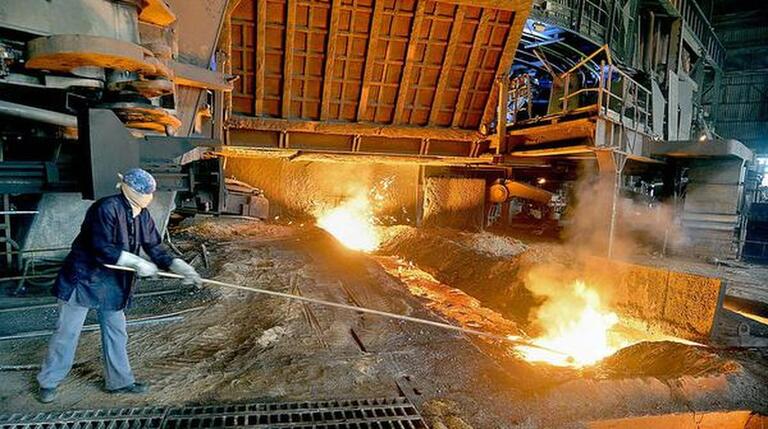
Union Cabinet Clears Rationalised Royalty Rates for Critical Minerals
In a major step towards reducing India’s dependency on mineral imports and ensuring a stable supply chain, the Union Cabinet on November 13, 2025, approved the rationalisation of royalty rates for four key critical minerals — graphite, caesium, rubidium, and zirconium.
The decision aligns with India’s long-term vision to strengthen its mineral resource sector and promote sustainable domestic mining practices.
Key Changes in Royalty Structure
Under the new structure, graphite, which previously attracted royalty on a per tonne basis since 2014, will now shift to an ad valorem system — calculated as a percentage of the average sale price.
- Graphite with less than 80% fixed carbon content will be charged 4% royalty on the average sale price.
- Graphite with 80% or higher fixed carbon content will attract 2% royalty on the average sale price.
This shift aims to ensure a fair and market-aligned valuation mechanism, replacing the earlier fixed-rate model.
Boost to Domestic Mining and Industrial Growth
The rationalised rates are expected to:
- Encourage domestic exploration and production of critical minerals.
- Reduce import dependency on key mineral resources.
- Support industries reliant on these minerals, such as batteries, electronics, and advanced manufacturing.
Strategic Importance
Critical minerals like graphite, caesium, rubidium, and zirconium are vital to emerging technologies, including renewable energy systems, electric vehicles, and defense applications. The Cabinet’s decision enhances India’s ability to secure these essential resources, aligning with the country’s broader goal of self-reliance in strategic sectors.







